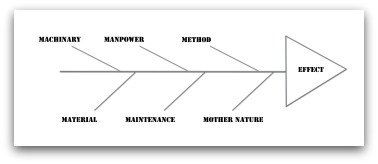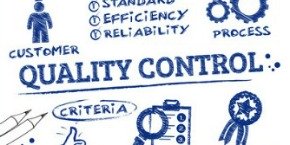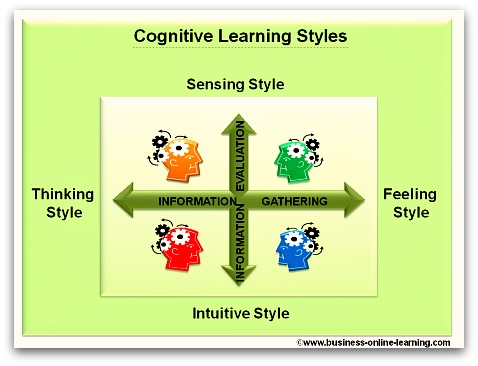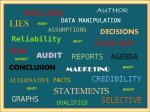Guidelines on 5 Whys
The Aim
The 5 Whys is a useful tool or method to source the root cause of a problem. The approach makes you redefine the problem statement as a chain of causes and effects so that you end up identifying the source of the symptoms by asking why, ideally 5 times.
Classic Example From Toyota
Problem: A machine failed because a fuse blew.
(Now, replacing that fuse would be the obvious solution but this way only the symptom of the real problem would have been addressed. )
The team asked themselves why the fuse blew. (The 1st why)
- The fuse blew because the bearing didn’t have enough lubrication.
Why did the bearing not have enough lubrication? (The 2nd Why)
- The bearing didn’t have enough lubrication because the lubrication pump was not working properly.
Why was the lubrication pump not working properly? (The 3rd Why)
- The lubrication pump was not working properly because the pump axle was worn.
Why was the pump axle worn? (The 4th Why)
- The pump axle was worn because sludge had seeped into the pump axle.
And this was the root cause. The 5th Why told the team that
- the sludge had seeped into the pump axle because there was no sieve to strain the sludge out.
The result was the Toyota attached a sieve to the pump and the problem of the machine failure was solved.
Method
In the 5 whys approach you identify several possibilities.
The next step is to conduct experiments to see which ones could be the real root cause.
You will formulate an idea or hypothesis on what the root cause may be.
You run your experiments of adjustments or alterations – then collect the results.
Analyse your data, if possible, using statistical analysis, looking at whether the adjustments you have made
correlate with an improvement in the situation, or
if the frequency of the problem occurring has now decreased after you adjusted or plain speaking
there is a direct decrease in defects occurring since you employed the changes.
The key is that you reach a reasonable and statistically supportable solution.
As a final step, you ensure the problem ever recurring by implementing Recurrence Prevention Actions.
More Complicated 5 Whys
The above example is simplified – and as we all well know, life isn’t that simple. You will find that some problems will be clear after 2 or 3 “whys” but there are other, more frequent situations where you will need a more all-encompassing approach.
This is where you will use a Why Tree.
The Why Tree
The Why Tree starts with the symptom.
You will ask you why question and may end up with 2 or 3 or more possible answers. Note these answers. Check for Data or facts that may eliminate one or the other possible causes. Of those remaining you use the questioning method “And why did that happen?”
This again may lead you to several possible answers. Again, try to eliminate using facts or data, before your tree becomes too wide to handle. Make sure thought that your elimination is founded on facts. If you can’t justify the elimination, keep that possible cause in your questioning process.
Continue in this way until you have your spread of possibilities and then test for most likely probable cause.
There may also be an inter-dependency or interplay between 2 of your possible causes.
Using Cause and Effect Diagram
The 5 Whys can be used on their own or in combination with other problem solving methods; the most common method being the Cause and Effect or Fishbone diagram. This will help explore all potential or real causes that result in a single defect or failure.
Once you have analysed all the possible sources of inputs from Machines, Methodology, Maintenance, Manpower or Materials, you can use the 5 Whys technique to drill down to the root causes.
Benefits of doing 5 Why
- It is a simple tool that can be used in any situation, not needing much training, just an understanding of how it works best.
- Helps to identify the root cause of any problem.
- It can help highlight the interdependency of different root causes
- After finding the solution, a key success point of doing the 5 Whys is to determine how you can prevent this problem or these problems ever occurring again: Recurrence prevention.
Business Online Learning Homepage ›
Problem Solving Pages ›
The 5 Whys Approach














 My name is Martha and I have worked for over 30 years in various aspects of business and in various countries, right around the world.
My name is Martha and I have worked for over 30 years in various aspects of business and in various countries, right around the world.